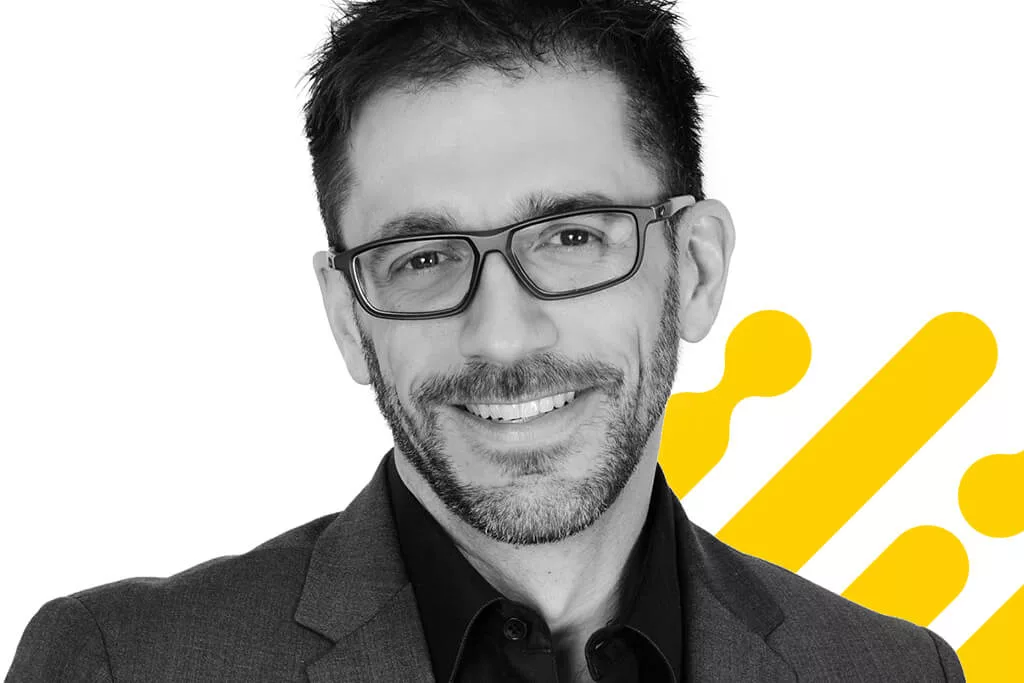We often hear how important it is for the HR function of becoming more agile, innovating and positioning itself at the locus of organizational transformation. However, an organizational transformation is hard to achieve: there are personal concerns to manage, organizational hurdles to overcome, simultaneous movements to orchestrate…
Not only can the HR function position itself at the heart of transformations, it can also act as an accelerator.
What levers can HR use to accelerate an organizational transformation? Here we suggest three that may seem simple, but that are surprising powerful.
1. Meaning: why change?
Do we ever really take the time to ask why we should change and in what way? Why is the current transformation necessary, and what is the desired outcome?
Does your organization want to transform to promote a culture of collaboration? Don’t be afraid to ask questions to understand what is behind this seemingly arbitrary wish for collaboration. Is it to break down silos, promote innovation, or jump on a fashion bandwagon? Tease out the meaning that underlies the transformation and communicate it: you may be surprised at the results.
To tease out the meaning:
- What is our main ambition?
- What do we want to achieve with this transformation?
- Why do we want to complete this transformation?
- What do we most have to lose after the transformation?
- What will be different for management, employees or clients after the transformation?
2. Dialogue: how do you have frank discussions?
When was the last time you had a frank discussion at work? A real conversation based on trust?
In the professional world, too often we stay in zones that are risk-free for ourselves or others, or in conversations with agreed-upon, superficial themes. People are afraid to challenge accepted ideas or just don’t have to time to engage in real discussions with colleagues.
HR leaders can play a key role by helping create the psychologically safe space required for people to feel free to engage in authentic, in-depth debates and by fostering real conversations about the issues and new behaviours that the organization would like to see as part of its transformation.
To generate frank discussions:
- How can we create a space to have frank conversations around our own evolution?
- What conversations do we need to start having that we have always refused to have?
- Who are the players who should be central to these conversations?
- What would clients say about our processes if they were to evaluate them based on how well they achieve business objectives?
- What is the main conviction all colleagues share with respect to our clients? With respect to senior management?
3. Openness: what are we prepared to let go?
Organizations, like personal agendas, can be like garages filled to the rafters with stuff that has piled up for years: people are busy, there are many projects on the go, time is money… There is no more room to add anything else. How can we generate movement with so much in the way?
In a transformation, you need to create space, otherwise you can’t manage. To create openness, you need to ask what you are prepared to let go.
To create openness:
- What are our “we can’ts” that could become “we coulds”?
- What are the beliefs that prevent us from seeing or doing things differently? Who do these beliefs serve? What are they for?
- What responsibility do we have for putting these beliefs into action? How have we contributed to making these beliefs a reality within the organization?
- What are we personally prepared to lose or let go?
- What type of courage do we most need (…)?
The art of asking the right questions
The role of the HR leader in an organization undergoing transformation is not to provide the answers, but rather to ask the right questions of organizational leaders and employees. Using these three complementary levers (meaning, dialogue and openness), you can transform your HR function. Here are a few questions to ask yourself as an HR leader:
- What are our business challenges in which the HR function would do well to make changes?
- When dealing with the organization’s other functions, will we reveal a lack of confidence in our value added?
- What would a real client or the organization say about our HR processes if they had to evaluate them based on their contribution to achieving business objectives?
- Which of our processes do not contribute to creating an employee experience to respond to the organization’s business challenges?
- What would the marketing and finance functions do if they were in the same situation?
Will you be a catalyst for transformation in your organization?




